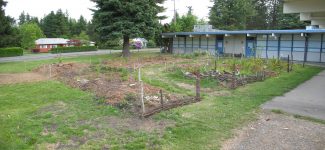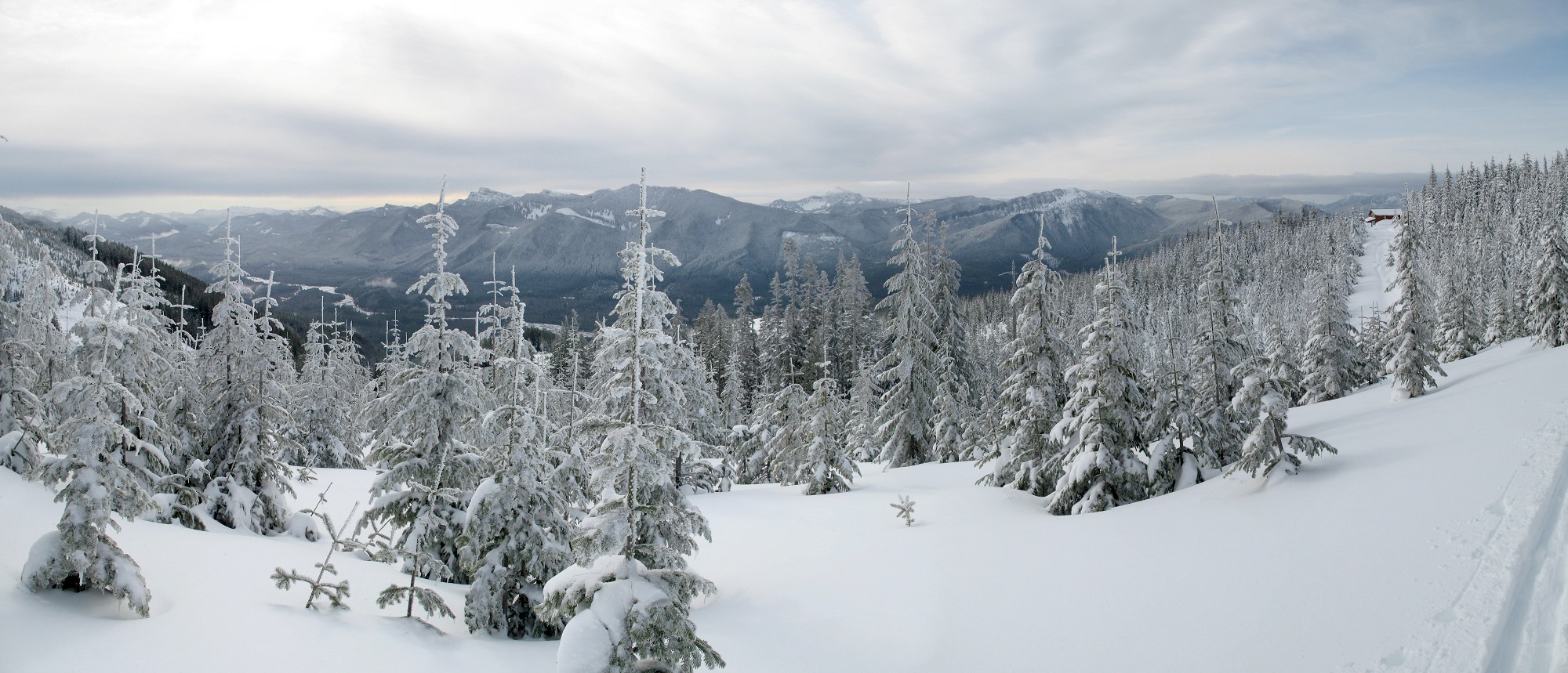There is no space afforded the wild in public life. There is no zoning for wildness. In our cities, wild plants are scraped poisoned, and trampled, persisting in the margins. Within the core of our settlements, no creature is valued without permit and ownership. Individuals from desirable species are cloned and arranged for our pleasure and discarded if they get too old or damaged.
In the crannies of the parcel grid are neglected wild spaces. This is where we dump old couches and brush. Wild people go there to hide from armed patrols. These wild places are too damaged to be called forest or meadow, and are repopulated with a melange of the most wild of creatures, stowaways beyond our control: ivy, bindweed, holly, rats, laurel, herb robert.
As a landscape management veteran, I was an enforcer in this order. I was a professional supported by the beliefs, stories, rituals and taboos of my clients. I tamed the wild. To be a tender of the wild, we don’t get the benefit of cultural scaffolding. We are given no clear social niche. Restoring wild ecosystems in the midst of a manicured city is provocative and unsettling of this order. It is as if we were suggesting that the endless effort to subjugate all other organisms were not be necessary.
This is a slow rolling essay, where I’ll accumulating short ideas about the psychological dimensions of creating wild spaces amid human settlements: street ends, schools, parks, subdivision greenbelts, drainage ditches, road verge, abandoned lots. Most of our neighbors do not see the wild. We are illiterate and the wild is illegible.
If our work is to regenerate wild plant communities in settled landscapes, half our work is to help them survive the depredations of our neighbors. This is for the hearts and minds.
With Clean Edges and Even Surfaces You Can Get Away With Anything (6/7/20)
 Back in 1995 a landscape mentor told me this and it stuck. After doing a job, we would use a blower and clean out the entrance and paths of a garden job, even if we never touched those areas. Walking outside, the client would see everything looking freshly swept and feel good before they even looked at our work. I remember one job I did for a client–we traded landscaping for voice lessons. She was unhappy with her yard and wanted it more “tidy.” I cut an edge between her shrubs and lawn, and raked all the leaves to cover the newly defined beds. She was gleeful.
Back in 1995 a landscape mentor told me this and it stuck. After doing a job, we would use a blower and clean out the entrance and paths of a garden job, even if we never touched those areas. Walking outside, the client would see everything looking freshly swept and feel good before they even looked at our work. I remember one job I did for a client–we traded landscaping for voice lessons. She was unhappy with her yard and wanted it more “tidy.” I cut an edge between her shrubs and lawn, and raked all the leaves to cover the newly defined beds. She was gleeful.
For people that don’t really see and feel plants as individuals or creatures, but rather as a textured backdrop to our self-absorbed lives, the green world is dominated by surfaces and lines. These even surfaces and lines create order.
If you create a wild space, consider the definition of its edge, and how the orderliness of the edge creates a feeling of comfort and safety for people who might see wild plants as a challenge to order. An edge can be a low fence, a set of bollards, a mowing curb. An edge can serve a double function as a hydrologic feature. But cut it clear and hard. Use a french curve for inspiration. Mark it as claimed by some human force. For some it will signal that the wildness is contained and therefore unthreatening. For others it might signal that someone somehow owns the wildness and therefore they should not interfere. Use the beliefs and rituals of ownership to claim the space.
The same applies to entering the wild space. We do not tromp through another persons garden, but we fee entitled to trample any wild space as if it were our own. Give special attention to trails. Boldly mark entrances. Follow and bend natural flows. Use brush piles and aggressive plants to steer and shape visits by outsiders. These paths also allow for tending, and like all garden paths, becomes a choreography for relationship.

In this school wild garden, small logs were used as bollards, and a small woven fence reinforces a natural entrance. A strip of lawn is maintained between the sidewalk and the edge of the wild to allow paved traffic to spill over without violating the implied barrier.


